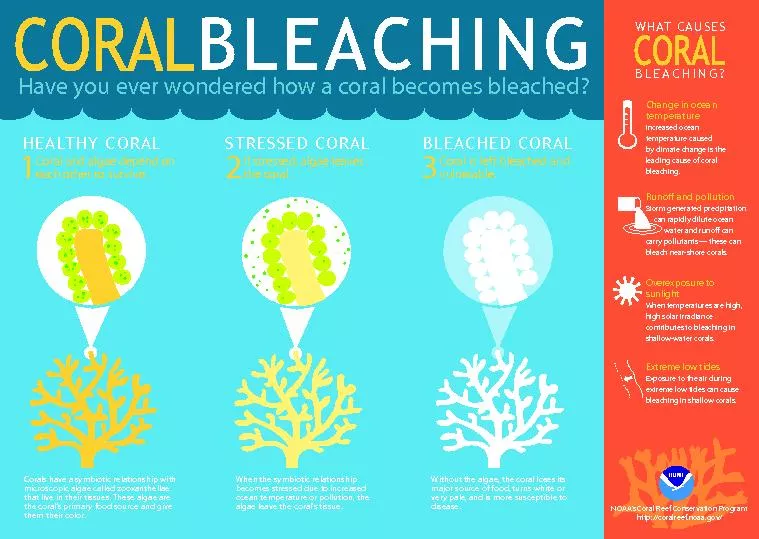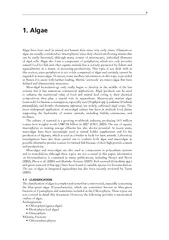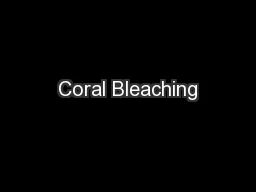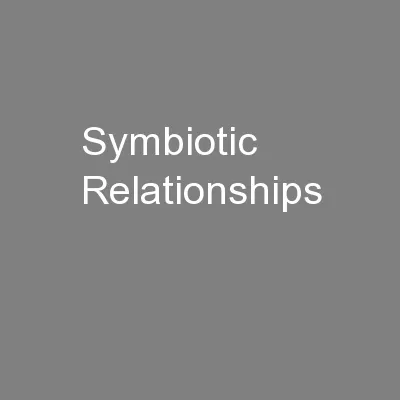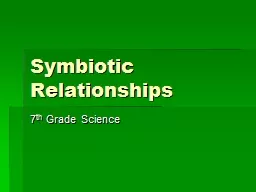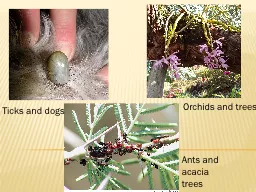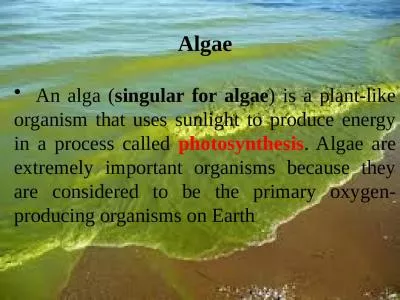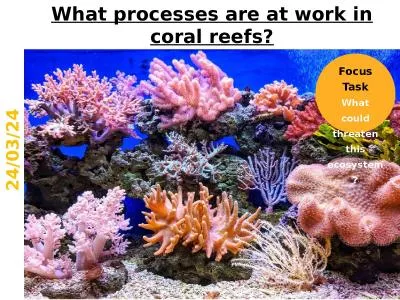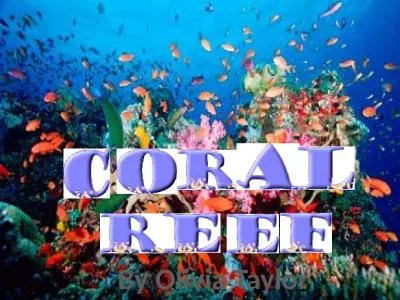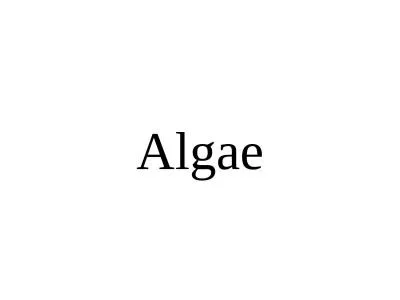PDF-Corals have a symbiotic relationship with microscopic algae called zoo
Author : liane-varnes | Published Date : 2016-05-15
When the symbiotic relationship becomes stressed due to increased ocean temperature or pollution the algae leave the corals tissue STRESSED CORAL Without the algae
Presentation Embed Code
Download Presentation
Download Presentation The PPT/PDF document "Corals have a symbiotic relationship wit..." is the property of its rightful owner. Permission is granted to download and print the materials on this website for personal, non-commercial use only, and to display it on your personal computer provided you do not modify the materials and that you retain all copyright notices contained in the materials. By downloading content from our website, you accept the terms of this agreement.
Corals have a symbiotic relationship with microscopic algae called zoo: Transcript
Download Rules Of Document
"Corals have a symbiotic relationship with microscopic algae called zoo"The content belongs to its owner. You may download and print it for personal use, without modification, and keep all copyright notices. By downloading, you agree to these terms.
Related Documents

